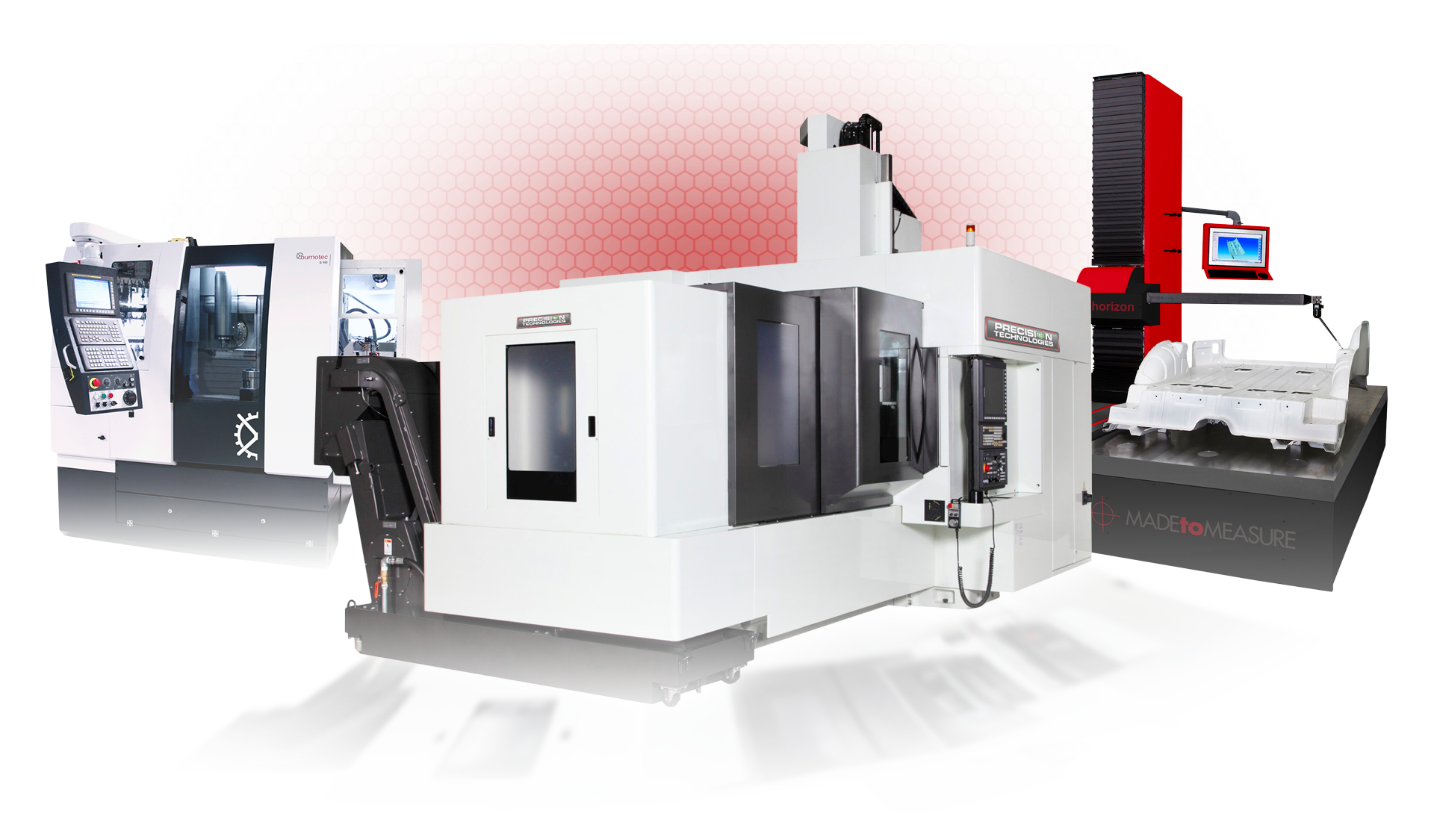In today’s world of custom parts and ever-changing production needs, manufacturers are shifting toward high-mix, low-volume manufacturing. This trend brings flexibility, but it also adds complexity. One machine that’s becoming a go-to for handling precision in this environment is the Electrical Discharge Machine (EDM). With its ability to shape hard materials and create complex contours, it’s ideal for tight-tolerance jobs where consistency matters.
But not all EDM machines are created equal. Choosing the right one for high-mix manufacturing means understanding the process, knowing your priorities, and making smart choices for your production line.
What Is an Electrical Discharge Machine (EDM)?
An Electrical Discharge Machine (EDM) uses electrical sparks to remove material from a workpiece. It’s a non-contact process, meaning the tool doesn’t physically touch the part. This is useful for machining fragile or heat-sensitive components. EDM is especially popular in mold-making, aerospace parts, and medical device fabrication.
EDM excels in:
- Cutting extremely hard metals
- Producing intricate details
- Creating sharp corners and fine cavities
- Minimizing mechanical stress during cutting
It’s a solid option when traditional milling or turning just can’t reach the same level of detail.
The High-Mix Manufacturing Challenge
High-mix production means you’re switching between part types frequently. In one hour, you’re making a mold insert. Next, it’s a turbine blade. These changes mean setup times must be short, tooling must be flexible, and your machines need to handle variability without compromising precision. These changes mean setup times must be short, tooling must be flexible, and your machines need to handle variability without compromising precision.
That’s where EDM fits in.
Key Factors When Choosing an EDM for High-Mix Shops
Let’s break down what to consider before you invest:
1. Machine Type: Wire EDM vs. Sinker EDM
- Wire EDM: Best for parts that need a through-cut and tight dimensional control.
- Sinker EDM: Great for mold cavities and blind features.
Choose based on the complexity and material of your parts. Some facilities even use both to cover a wider range.
2. Automation Compatibility
Modern EDM machines can integrate with automated grinding systems, robotic loaders, and pallet changers. This is especially helpful when running overnight or reducing human error.
Look for features like:
- Automatic tool changers (ATC)
- Remote monitoring software
- Job queue systems for back-to-back production
3. Ease of Setup and Programming
High-mix environments demand fast changeovers. Some EDMs come with conversational programming or intuitive touchscreen controls, which allow operators to set up jobs quickly.
Also consider:
- Built-in toolpath simulation
- Templates for recurring jobs
- CAD/CAM compatibility
4. Workpiece Size and Table Travel
Always match your machine’s capacity to the largest parts you need to make. Don’t undersize your EDM if your jobs are growing in complexity.
Pro tip: Some EDMs allow double-sided machining or rotating the workpiece mid-process. This adds more flexibility without extra handling.
EDM and Automated Grinding: A Perfect Pair
While EDM handles detailed and complex contours, automated grinding is excellent for surface finishing and achieving tight tolerances. Pairing the two systems creates an efficient workflow:
- EDM for contouring and cavities
- Grinding for flatness and a smooth surface finish
This combination minimizes part handling, reduces production time, and improves consistency.
For example, you could EDM a steel mold insert, then send it directly to a grinding machine without touching it. This setup is especially powerful in high-mix lines where consistency and precision are crucial.
Benefits of Choosing the Right EDM
Here’s what a well-matched EDM can offer your high-mix shop:
- Less downtime: Automated functions reduce manual input.
- Fewer errors: Smart programming reduces setup mistakes.
- Better quality: EDM excels in fine details and tight tolerance work.
- Flexibility: Quickly switch from part to part.
- Lower tool wear: EDM doesn’t rely on cutting force, so your tools last longer.
Best Practices to Get the Most Out of Your EDM
Once you pick the right machine, here are tips to maximize its value:
- Train your operators regularly
- Use quality electrodes and dielectric fluids
- Keep the machine clean and well-maintained
- Integrate it into your existing CAM system
Planning for machine use, storage, and job scheduling will also ensure your EDM delivers long-term value.
Common Mistakes to Avoid
Even the best EDM can become a bottleneck if not used correctly. Avoid these issues:
- Running complex parts without simulation first
- Ignoring power setting recommendations
- Skipping scheduled maintenance
- Over-relying on manual setup without automation
High-mix doesn’t mean high-stress, as long as your tools and processes are aligned.
Conclusion: The Smart Move for Flexible Production
Choosing the right Electrical Discharge Machine (EDM) is more than just buying a tool—it’s about designing a system that supports your business model. In a world where agility, precision, and speed are essential, EDM stands out as a vital player.
When paired with automated grinding, an EDM machine helps unlock faster cycles, better finishes, and less downtime. Whether you’re in aerospace, medical, or mold-making, the right EDM setup can make your high-mix strategy more efficient and profitable.
